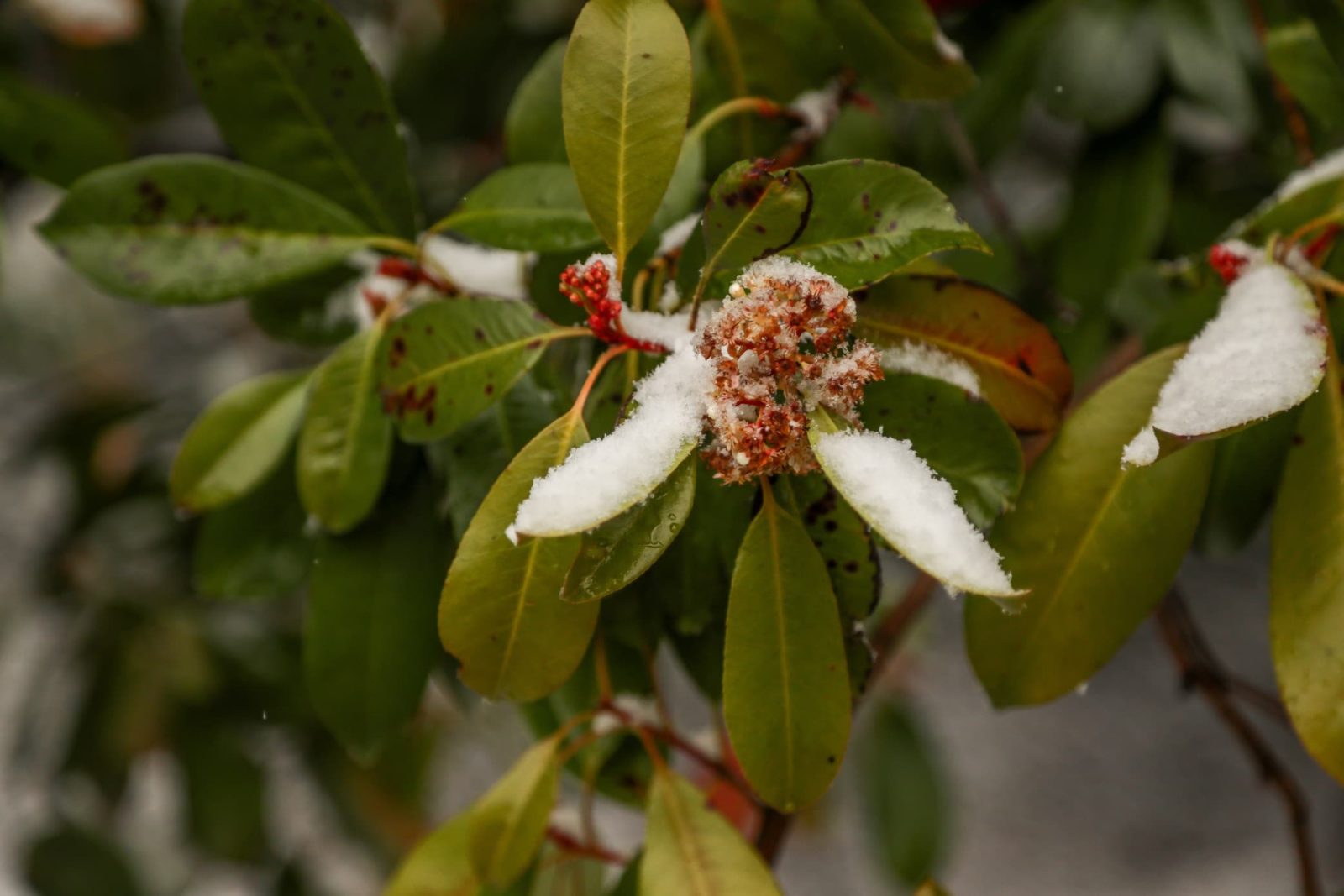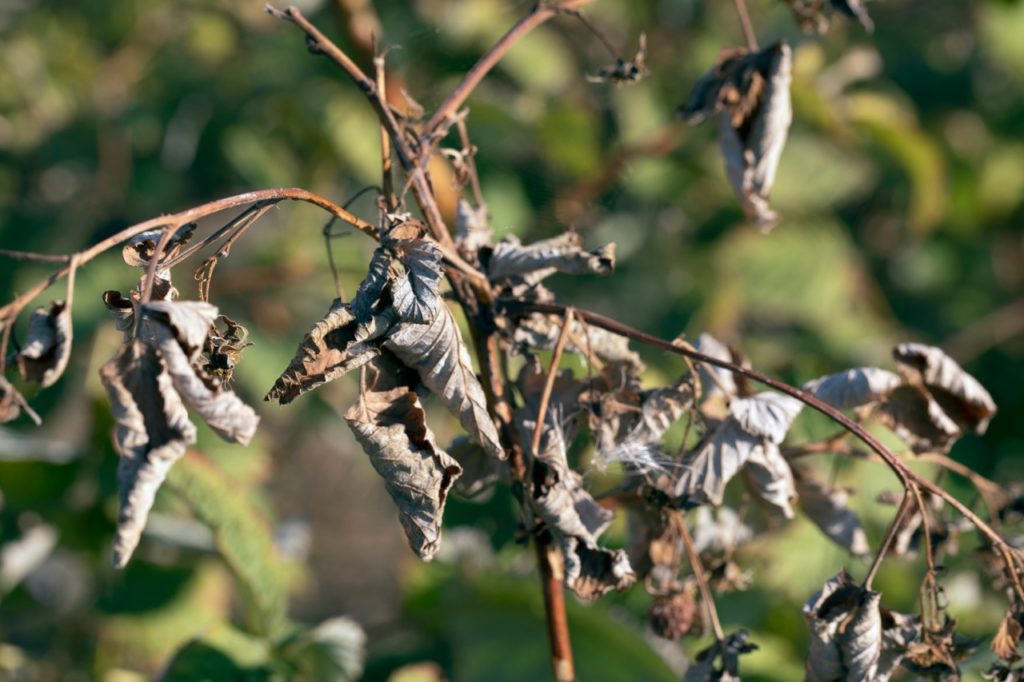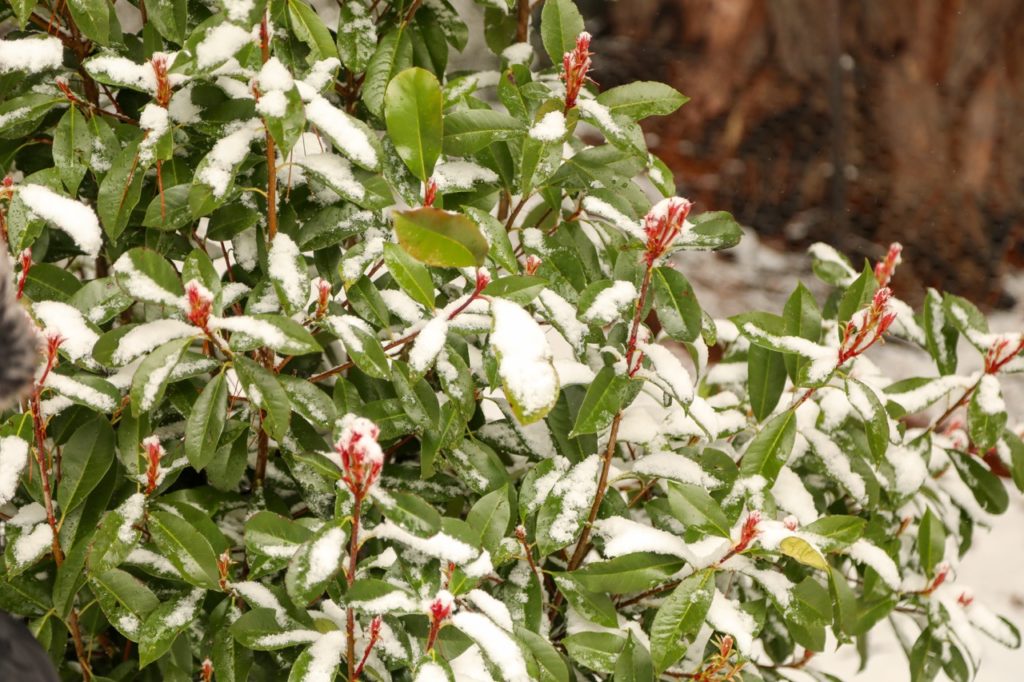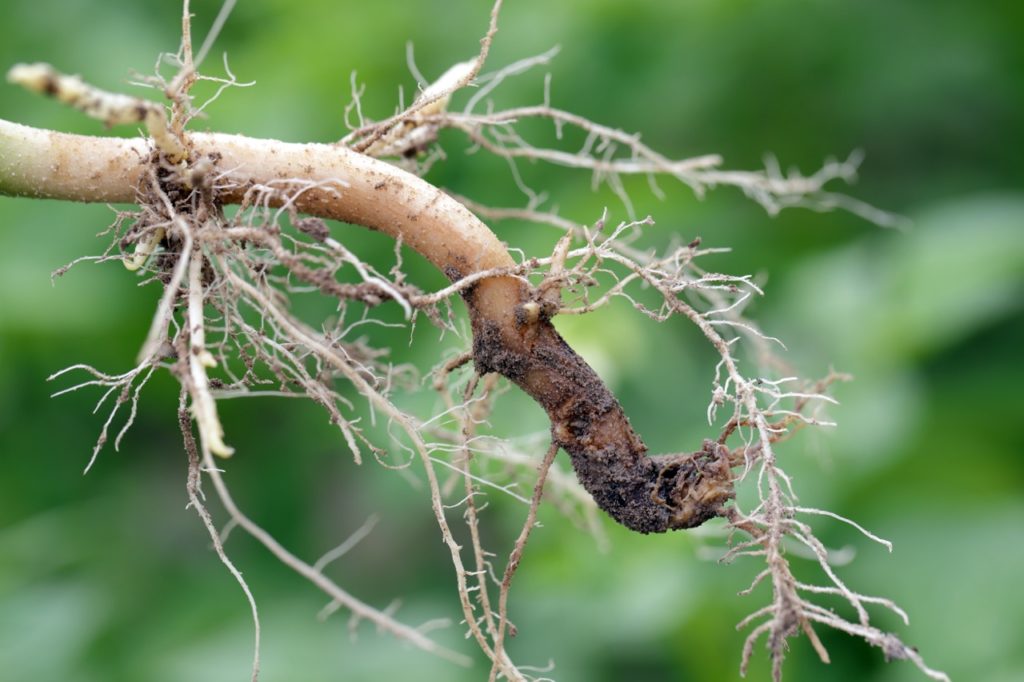From Fireblight To Root Rot – Here’s 5 Common Photinia Growing Problems And Solutions

SHRUBS > PHOTINIA > PROBLEMS
Reviewed By COLIN SKELLY

Colin is a Horticulturist and Horticultural Consultant with experience in a range of practical and managerial roles across heritage, commercial and public horticulture. He holds the Royal Horticultural Society’s Master of Horticulture award and has a particular interest in horticultural ecology and naturalistic planting for habitat and climate resilience.
PHOTINIA GUIDES
Common Problems
Container Growing
Propagation
Pruning
Red Robin
A popular garden hedge, photinia is a shrub that has seen an increase in its use in British gardens in recent years.
It features brilliant spring and summer colours, as young foliage and fresh leaves are a striking hue of red.
Rightfully considered a low-maintenance evergreen, photinia is susceptible to some problems and issues that are exacerbated by incorrect growing conditions.
They are also minimised by favourable growing conditions, and can altogether be avoided in optimal conditions.
We share 5 of the most common issues and problems you may encounter with your photinia shrubs, outlining how each problem can be avoided and treated.
1) Leaf Spot
A fungal disease, leaf spot is probably the most annoying and chronic, though not the most serious, problem that can affect photinias.
The disease is easy to recognise as it manifests as small red spots on leaves.
The spots become larger and blotchier, darkening to maroon-purple, until eventually it starts shedding its diseased leaves, and does so continually.

Heat, humidity, and wetness promote the spread of the leaf spot fungus, so by adjusting your photinia’s growing conditions, you should be able to prevent leaf spot from occurring in the first place.
Appropriately-diluted solutions can also be applied as a foliar spray about every 10 days.
2) Fireblight
Fireblight is a bacterial disease and is probably the most dreaded affliction of photinias, and that is because there is no remedy available to a hobbyist gardener.
Summer is usually when this disease raises its ugly head.
The symptoms of this disease are shoots and young leaves rapidly drying out, browning, and dying as if they have been blighted or scorched by intense sun or fire – hence the name.
In addition, cankers may appear on mature branches which may start to ooze.

Again, you can go some way toward preventing fireblight in the first place, but if you are too late, there are unfortunately no commercial chemical controls for this disease.
If you spot it in the initial stages, you have a fighting chance if you quickly prune or trim all affected parts.
The trick here is to peel back bark from the trimmed branches to inspect whether you can see a reddish-brown discolouration.
If you do, cut the branch to a lower level.
Alternatively, you could play it safe and hard prune the bush.
3) Powdery Mildew
Photinia bushes can also be affected by powdery mildew.
Powdery Mildew appears as a greyish-white powdery layer on the foliage.

It too is strongly linked to humidity, wet, and shade, so you should avoid it by watering at the soil level.
Affected parts need to be trimmed back.
4) Frost Damage
Frost damage is, in the main, merely a nuisance.
A cold snap or chilly wind could kill emerging shoots and foliage, though mature branches and foliage will not be damaged.

The upshot is loss of colour, flowers, or both.
5) Root Rot
Root Rot is a very serious ailment which can prove dangerous for any plant.
Soil that stays soaked, dense and heavy, or drains poorly can lead to root rot.
A container-bound photinia can certainly be treated for root rot provided the case is not advanced.

The plant has to be pulled up and the rotten lengths of the roots, as long as they are not extensive, need to be cut away and the plant must be re-potted in fresh soil.
Unfortunately, a large open-ground hedge that is afflicted with root rot may be difficult to save.

